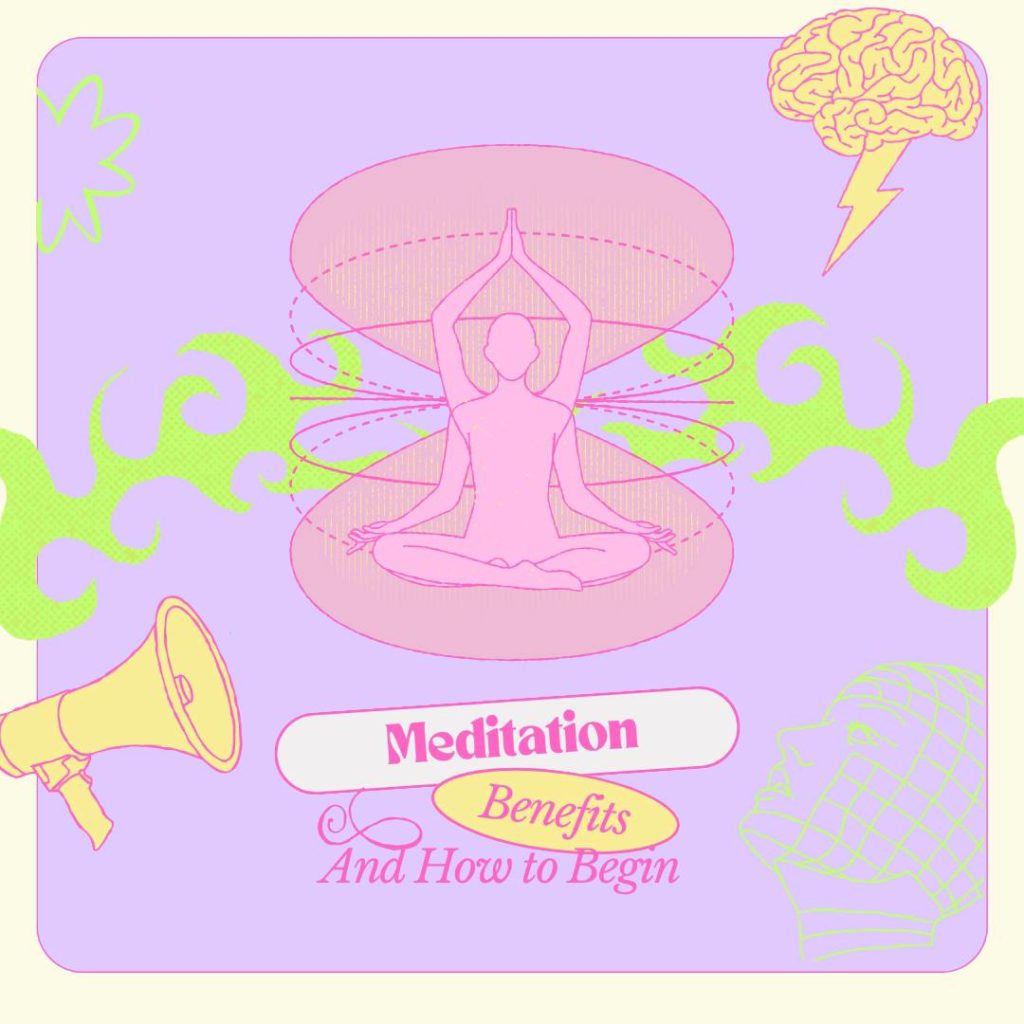
Meditation has been practiced for thousands of years across cultures and countries, and it has long been a part of human history. You’ve probably seen scenes in movies where monks sit cross-legged in serene temples, breathing mindfully and remaining still. Japanese ninjas meditate to enhance awareness and focus, while Indian yogis turn to it for discipline, clarity, and spiritual growth. Across many traditions, meditation has played a vital role in inner development.
Today, meditation is much more than a spiritual practice – it’s a science-backed tool for enhancing health and well-being. Studies have shown that regular meditation can help reduce stress, improve focus, and promote emotional balance. It can lower cortisol levels (the stress hormone), improve sleep quality, and even strengthen the immune system.
So, how do we begin?
There are many forms of meditation – such as loving-kindness, body scan, walking meditation, and visualization. But in this blog, we’re going to focus on Ānāpānasati, or mindfulness of breathing.
Here’s how to get started:
1. Find a quiet place to sit.
It doesn’t have to be perfectly silent – just somewhere you feel comfortable and unlikely to be undisturbed.
2. Sit with your spine upright.
You can sit cross-legged on the floor or on a chair with your feet flat on the ground.
3. Gently close your eyes.
This helps minimize distractions and brings your attention inward. If keeping your eyes open feels more comfortable, softly gaze at a point in front of you.
4. Bring your attention to the breath.
When you breathe in, simply know that you are breathing in. When you breathe out, just know that you are breathing out. Just observe the breath as it is. There’s no need to control it.
5. Stay present with each inhale and exhale.
Let your breath be your anchor. If your mind wanders – and it will – gently bring your focus back to your breathing without judgment.
6. Start small.
Begin with just 5–10 minutes a day. As you become more comfortable with the practice, you can gradually extend the time.
